UHF Gate Controller
These systems typically involve a UHF reader, an antenna, and a control system, working together to identify and authenticate authorized individuals or vehicles using RFID tags.
Here’s a more detailed breakdown:
Components:
-
UHF Reader:Emits radio waves and receives signals from RFID tags. It often includes an antenna.
-
Antenna:Transmits and receives the UHF radio waves, enabling communication with the tags.
-
RFID Tags:Small, passive devices attached to vehicles, personnel, or assets, containing a unique identification code.
-
Access Control System:
A system that manages the authentication process and controls access based on the reader’s output. This can include software to track access and integrate with other systems.
How it works:
- The UHF reader sends out radio waves.
- When a tagged object (like a vehicle or person) enters the reader’s range, the tag is powered up by the radio waves and transmits its unique ID code back to the reader.
- The reader sends this ID to the access control system.
- The access control system verifies the ID against a database of authorized tags.
- If the ID is authorized, the system triggers the gate or door to open.
Key features and benefits:
-
Long Range:UHF RFID systems offer longer read ranges compared to other RFID technologies like HF or LF. This allows for hands-free and convenient access.
-
High Throughput:UHF systems can read multiple tags simultaneously, making them suitable for high-traffic areas.
-
Security:Provides enhanced security by using unique IDs and potentially integrating with other security measures.
-
Automation:Reduces the need for manual intervention and improves efficiency.
-
Integration:
Can be integrated with other systems like parking management, time and attendance, and inventory tracking.
Common applications:
- Vehicle Access Control: Parking lots, gated communities, and tollbooths.
- Personnel Access Control: Office buildings, warehouses, and industrial facilities.
- Asset Tracking: Managing and monitoring valuable assets.
- Supply Chain Management: Tracking goods and materials in logistics and manufacturing.

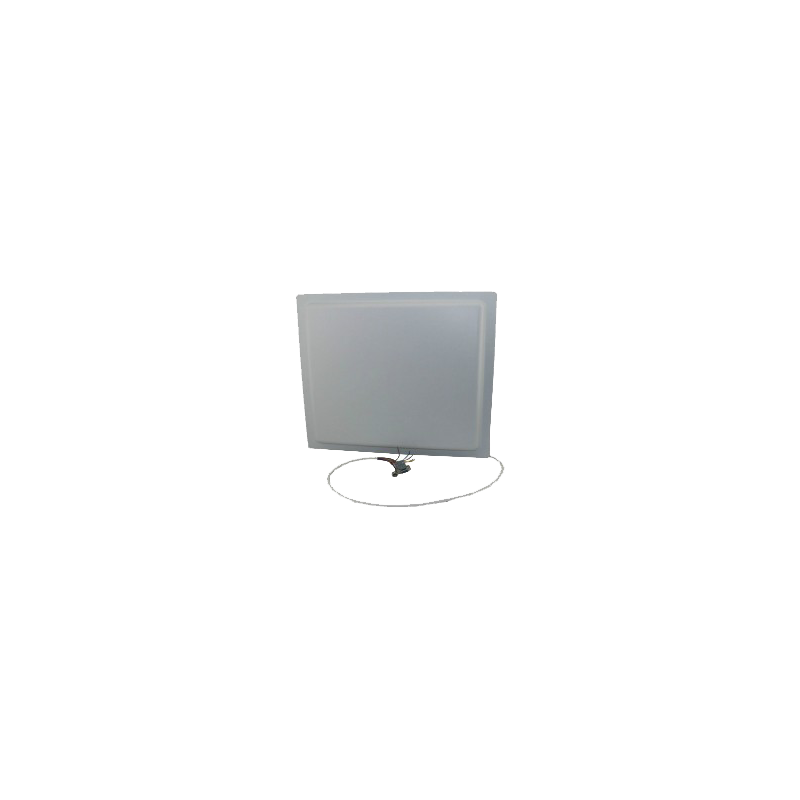
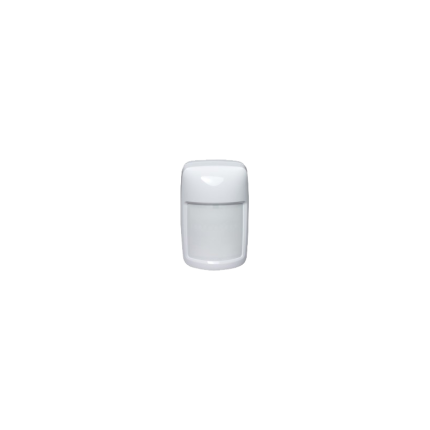
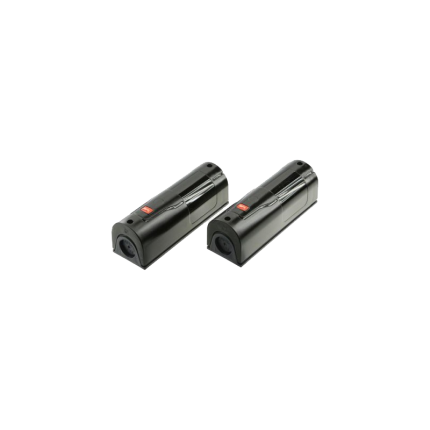

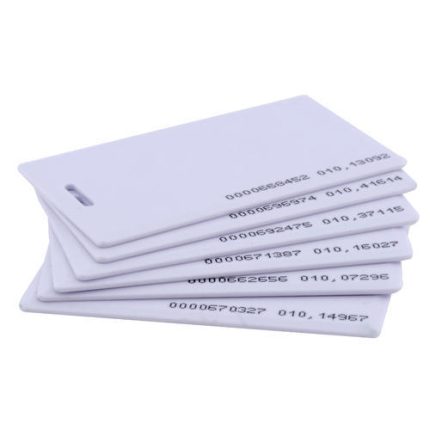

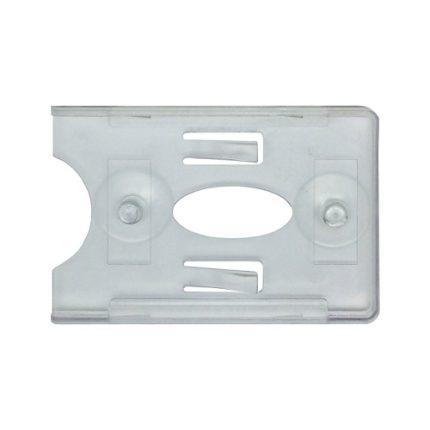
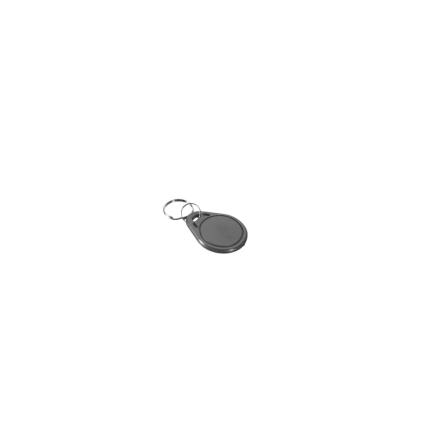
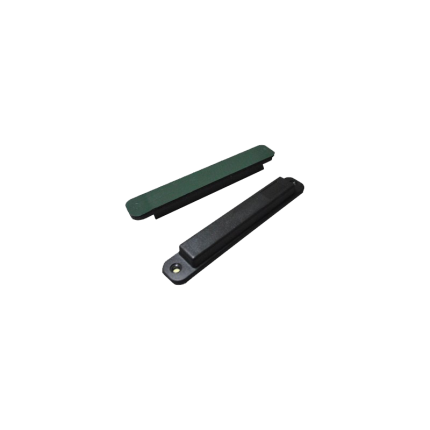

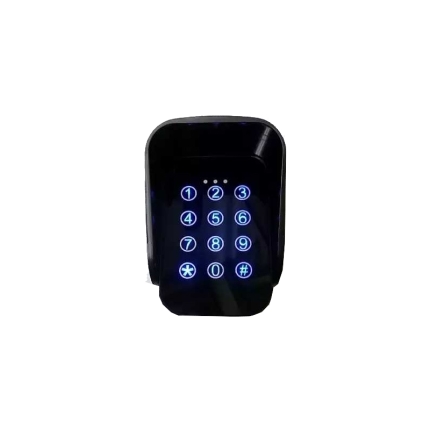
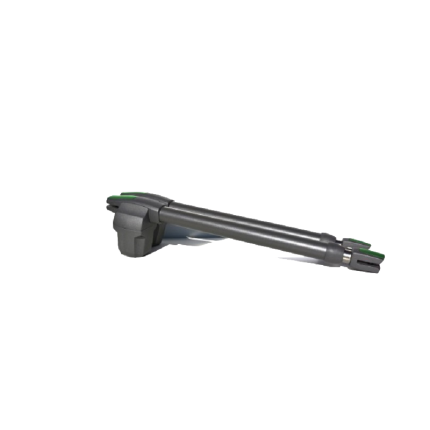
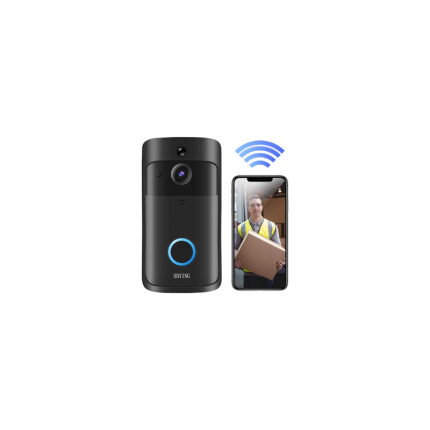
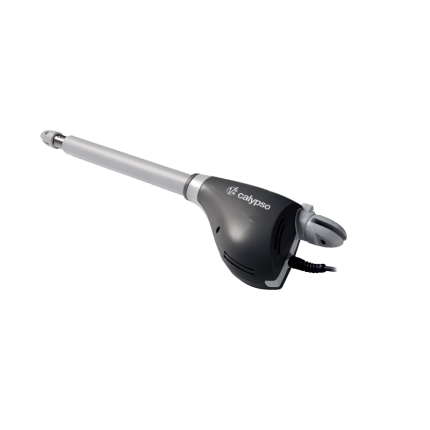
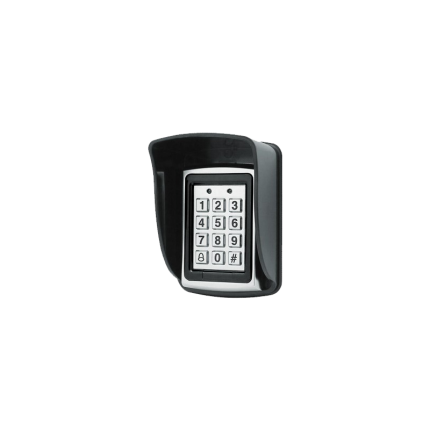
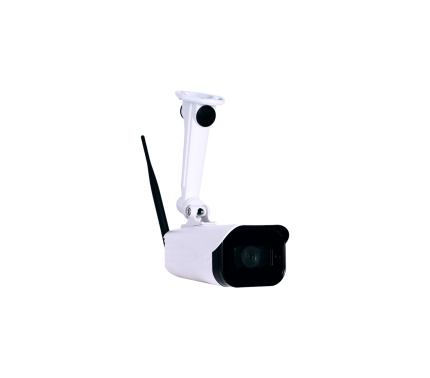
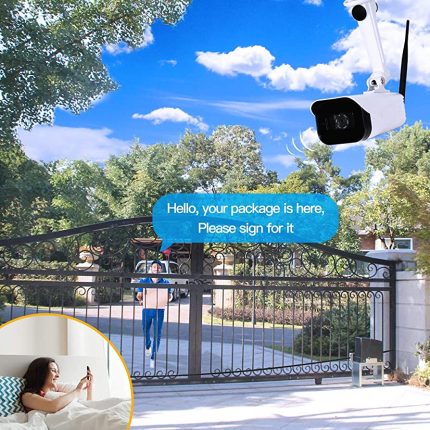









Reviews
There are no reviews yet.